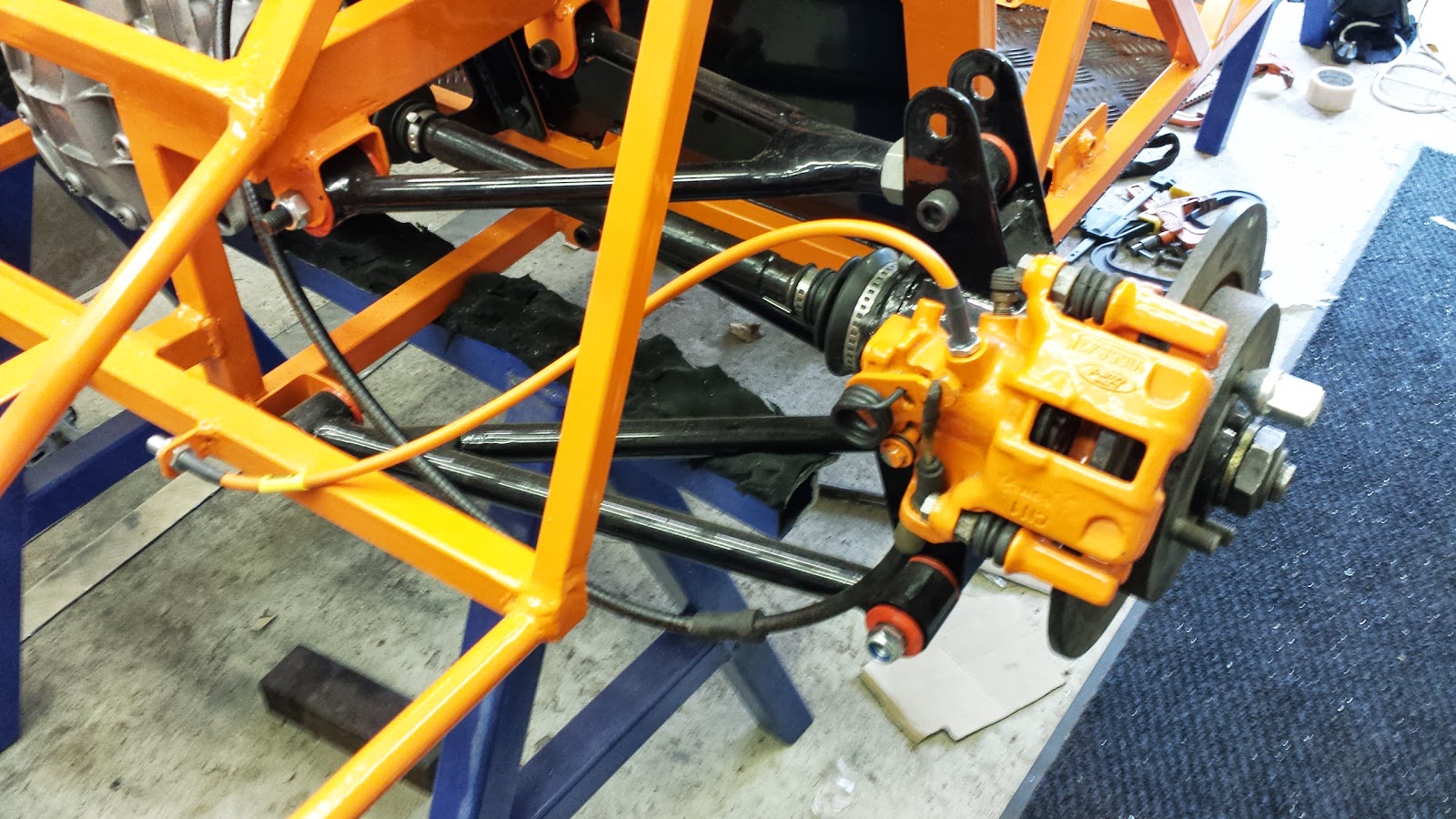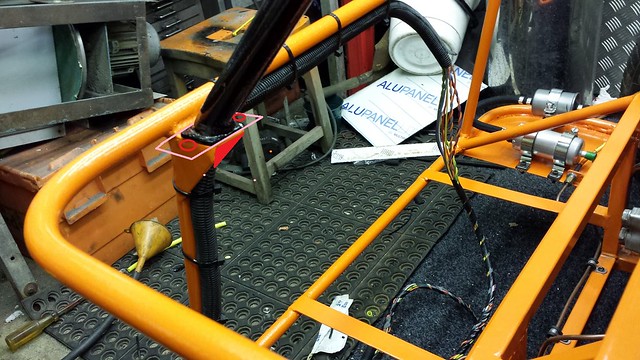
 |
|
|
|
#1
|
||||
|
||||
|
Very nice looking build Tom
 congratulations, and I'm looking forward to see what is coming. congratulations, and I'm looking forward to see what is coming. Did you make sure to use special silicone sleeves to connect your carbs to the manifold? They look to be the same kind as the hose you use for water to me. If it is so, they will not resist the fuel vapors. You need special silicone hoses, fuel resistant, which have a spacial inside layer (fluorine kind of component if I remember correctly).
__________________
Sylvain Pictures of my completed Roadster https://www.flickr.com/photos/994983...7646799525542/ Build blog: http://vouchtroadster.blogspot.se/ https://caferacer-kawa-gpz-zx550.blogspot.com/ |
|
#2
|
||||
|
||||
|
Looking good and your making great progress.
One thing I noticed is your single fixing for your roll bar stays. This was a iva fail early on for AshG so you may want to consider changing that. Also the rear brake lines are fowling the chassis, I don't know if that has been sorted since this pic.  Last edited by SeriesLandy : 6th February 2014 at 11:17 AM. |
|
#3
|
||||
|
||||
|
Quote:
Quote:
Any ideas for how to do the roll bar stays didn't realise they had to have more than one fixing we just followed the book  |
|
#4
|
||||
|
||||
|
These were Ash's fails
You could do something like this, a second bit of triangulation the other side of the upright. A wider plate at the bottom of the stay and on the tub frame to take 2 bolts. Wouldn't require that much cutting/welding and would make sure there were no problems at iva. It may have been a 1 off but I would hate to take that chance.  20131130_155954_Wilfreds Grove by Series1Landy, on Flickr Last edited by SeriesLandy : 6th February 2014 at 06:02 PM. |
|
#5
|
|||
|
|||
|
My rear stays have only one captive bolt fixing and no comment on it at IVA. It may be one of those things which is the personal preference of the tester.
|
|
#6
|
|||
|
|||
|
The daft thing is,so long as your seat belt mounts comply with the regs there is nothing mandatory for a roll bar so its probably out of the remit of the tester to say yes or no to how it is fitted.
__________________
Cost : Little as possible. Thanks : To those who by their generosity my build has progressed. Its a handmade sports car not a flaming kit car !!! If at first you dont succeed,avoid skydiving... No parachute require to freefall,only if you want to do it twice. |
|
#7
|
||||
|
||||
|
Quote:
But if your seatbelts are mounted onto any part of the roll bar, then the roll bar structure becomes a structural part of the safety system. hence you may need to show that it is adequate to take the load of the seatbelts in an accident + that any fixings are adequate + that any fixings are secured against vibration - e.g. lock nuts / spring washers. In particular taken from the manual :- In a severe accident, the seated occupant can exert huge loads upon their seatbelts (in the region of 1.5 tonnes for a 75kg person). Seatbelt anchorages together must withstand these large loads from the seatbelts. These loads in turn must be dissipated by the vehicle structure. In assessing the strength of the anchorages, it is essential to consider the vehicle structure in the immediate vicinity of the anchorage, and the parts of the vehicle structure into which the loads from the anchorages will be dissipated. These large loads will act in several directions as shown in Figure 1. All Vehicles What to look for: Evidence that anchorages in a vehicle of the same or a very similar type have been subjected to a seatbelt anchorage strength test to “European Standards” by a recognised authority. This may be acceptable where there is clear evidence that the structure is identical to the vehicle originally tested. Welding should appear neat and of good quality; whilst it is impossible to judge the quality of a weld just by looking at it, messy welding is rarely strong welding. Bolts used in structural areas should be of grade 8.8 or better. Such bolts will be marked 8.8 or 12.9 on the hexagonal head, however, cap-head bolts or 7/16" ( 11mm ) UNF seat belt anchorage bolts (with an anodised finish) not marked in this way may normally be considered to be of equivalent strength. Bolts should be M8 or larger. Threaded bushes should be welded (at both ends) through the tube, and not end mounted on the surface. (A threaded bush may be attached by its side surface to a structural component). Cause for Concern: Welds of poor appearance, gaps or visible lack of penetration. Anchorages in thin and/or flat panels with little stiffness or reinforcing structure or in thin walled tube. Low grade bolts (less than grade 8.8). Insufficient bolt capacity, e.g. number of bolts and/or diameter of bolts and Steel Chassis with Anchorages on Roll Cage (See Figure 3) What to look for: Triangulation and bracing which will provide strength and spread the loads effectively into the chassis. The joint where the roll cage joins the chassis and the chassis itself must be sufficiently strong to withstand the loads from the anchorages. Upper anchorage must be adequately braced from near the anchorage to strong areas of the chassis. Threaded seatbelt anchorage fastening should be welded into tubes or onto plates of sufficient thickness. Bolted joints joining the cage to the chassis and parts of the cage to each other should be of sufficient strength.
__________________
Gallery 2 http://www.facebook.com/album.php?ai...4&l=a9831a9319 Gallery 3 http://www.facebook.com/album.php?ai...4&l=3f0d42c523 Gallery 4 http://www.facebook.com/album.php?ai...4&l=efb083b7df Gallery 5 http://www.facebook.com/media/set/?set=a.10150244028550325.366987.601005324&l=583fd5 cd3a Gallery 6 http://www.facebook.com/media/set/?set=a.10150550640070325.430417.601005324&type=1&l =fe779b358c Last edited by davidimurray : 7th February 2014 at 01:23 PM. |
 |
| Thread Tools | |
| Display Modes | |
|
|